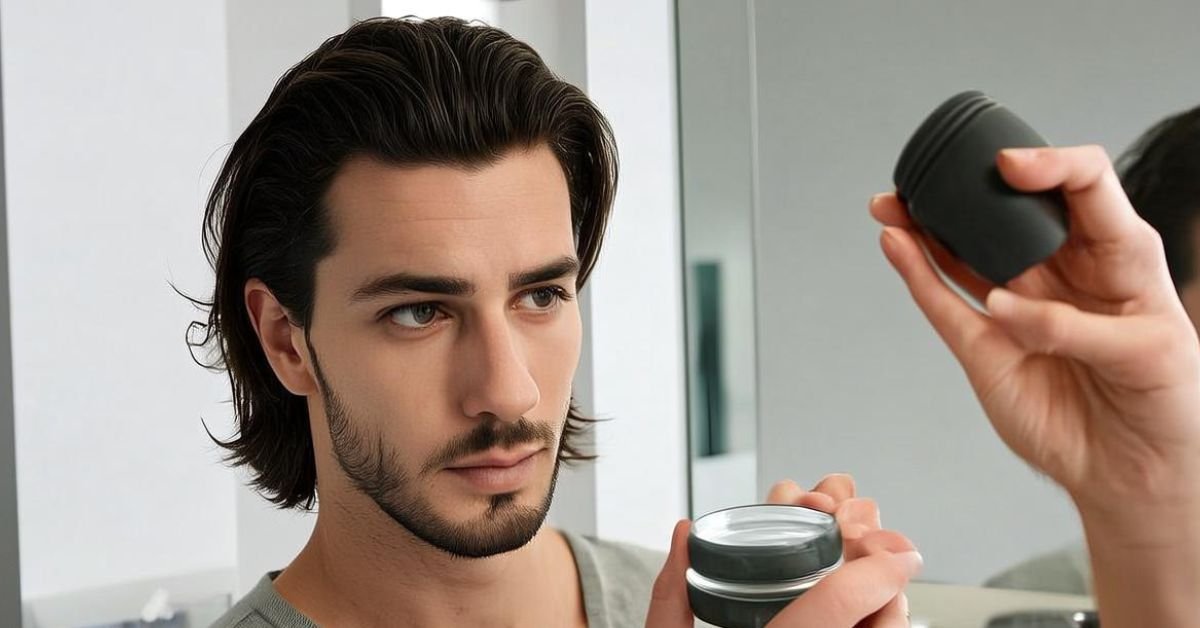Introduction
Ever stood in front of the mirror, wondering how to get that perfectly styled hair without it looking stiff or greasy? You’ve tried different products, but nothing seems to give you that natural, matte finish that lasts all day. It’s frustrating, right? Well, you’re not alone. Many of us struggle with finding the right product that gives us the hold and texture we need without the unwanted shine.
In this blog post, we’re going to dive into how to use hair clay to achieve a sleek, natural look with a matte finish. Whether you’re aiming for a messy hairstyle or a more polished pompadour, we’ll guide you through the steps, share helpful tips, and explain how to get the most out of this versatile product. By the end, you’ll be ready to master your hair styling routine and achieve the perfect look, every time.
What is Hair Clay?
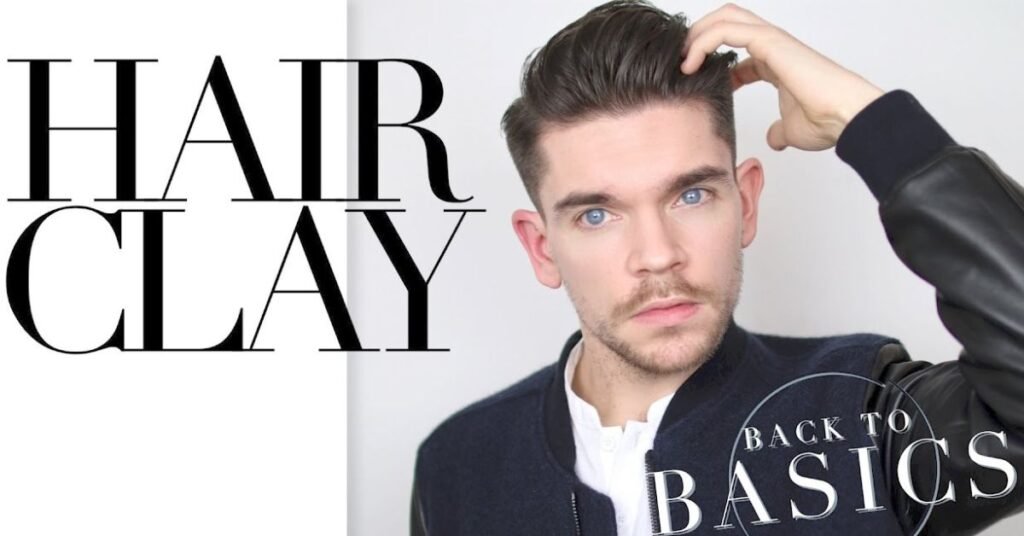
Hair clay is a versatile styling product that gives a strong, flexible hold with a natural, matte finish. It’s designed to add texture and volume to your hair, helping you achieve a variety of styles without the shine that comes with gels or pomades. Whether you’re going for a messy, tousled look or a sleek, structured style, hair clay is a great option to keep your hair in place all day. It works well on both short and long hair, making it suitable for a wide range of hair types.
The key ingredients in hair clay are bentonite and kaolin. These clays help absorb excess oil and add thickness to your hair, giving it a fuller, more textured appearance. Hair clay also nourishes the scalp, offering moisture and support without stripping away natural oils. Its gentle formula makes it ideal for men with sensitive scalps or those looking to avoid the harsh chemicals often found in other hair products.
Which Hairstyles Does Hair Clay Work On?
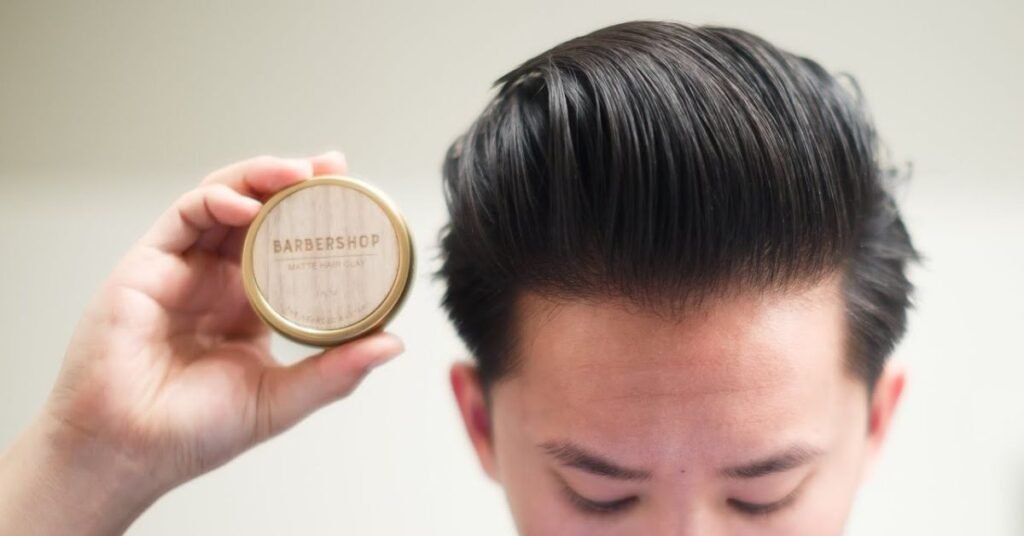
Hair clay is a versatile styling product that works well for various hairstyles, particularly those requiring texture, volume, and a matte finish. Styles that need hold without looking stiff or shiny will benefit from this product. If you want a style that maintains its shape throughout the day while remaining touchable and flexible, hair clay is the go-to product.
Hair clay is especially great for creating volume on top, such as with a quiff or undercut. It also works well for textured looks, like the messy crop or the modern mullet. For longer hair, it can define the ends or add texture to keep the style controlled without excess frizz. Curly or wavy hair benefits from hair clay as it enhances the texture while keeping the curls natural and frizz-free. Whether you have short, thick, thin, or curly hair, hair clay offers a customizable solution for various styles.
Hair Clay Styles for Every Occasion
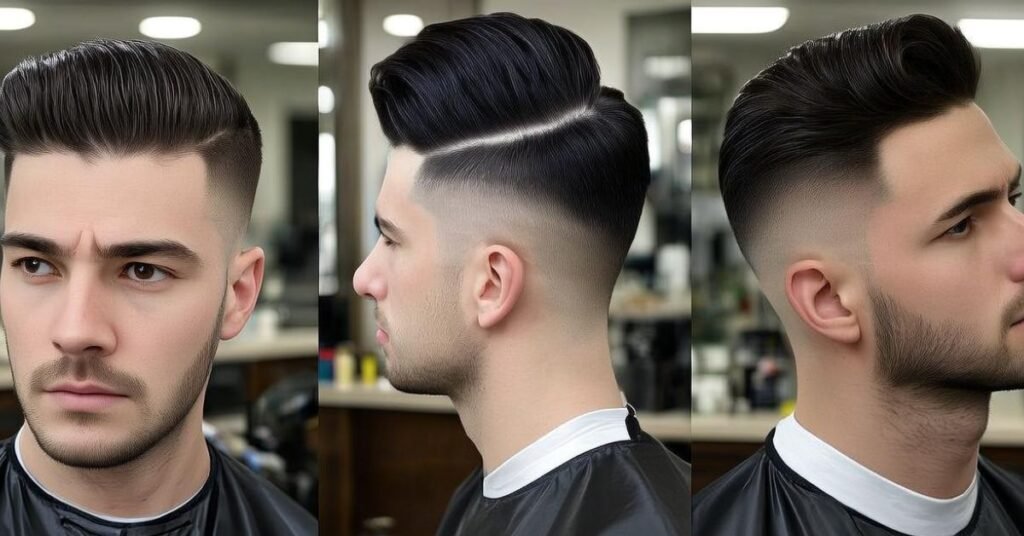
Hair clay is an incredibly versatile product that works for a wide range of hairstyles, from messy and textured to sleek and polished. It provides a matte finish and flexible, reworkable hold, making it ideal for styles that require volume, texture, and movement. Whether you want a casual or more refined look, hair clay can help.
Some of the most popular hairstyles that work well with hair clay include the textured quiff, messy side part, and casual pompadour. For a more relaxed, tousled look, hair clay can be used to create volume and separation without weighing the hair down. It also works for short haircuts like messy crops or textured quiffs, and for longer hair, it can add texture and definition, particularly for styles that require a little extra control. Whether your hair is short, thick, fine, or long, hair clay can be adapted to achieve various modern and timeless styles.
Styling Hair with Clay: The Pros and Cons
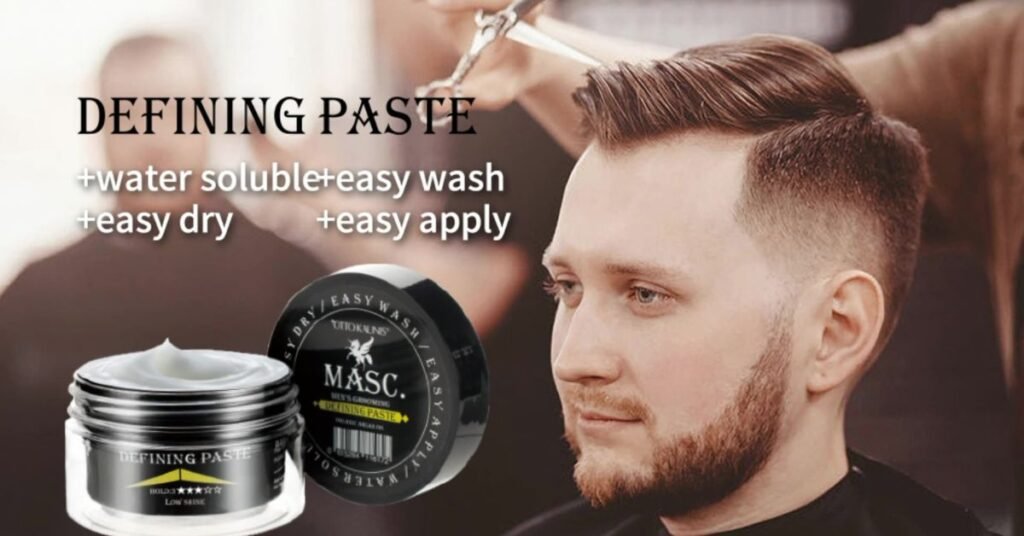
- Hair Clay Benefits:
- Natural Ingredients: Made from clays like bentonite and kaolin, which nourish the hair and scalp.
- Versatile Hold: Provides a strong, flexible hold for a wide range of hairstyles, from textured to polished.
- Matte Finish: Creates a natural, understated look without the shine that gels or pomades can leave behind.
- Volume and Texture: Adds body and structure to hair, especially beneficial for fine or thin hair.
- Easy to Wash Out: Unlike waxes or heavy pomades, hair clay rinses out easily with water, reducing the risk of buildup.
- Natural Ingredients: Made from clays like bentonite and kaolin, which nourish the hair and scalp.
- Hair Clay Drawbacks:
- Drying Effects: Excessive use can dry or roughen hair, so it’s important to use it in moderation.
- Best Applied on Dry Hair: Works most effectively on dry or slightly damp hair; applying to wet hair can dilute its effectiveness.
- Scalp Sensitivity: Some people may experience irritation from certain ingredients, though this is rare.
- Not Strong Enough for Coarse Hair: May not provide the strongest hold for thick or coarse hair; additional products may be needed for extra control.
- Usage Tips:
- Start Small: Begin with a pea-sized amount to avoid over-application.
- Preparing the Clay: Heat it by rubbing it between your palms.
- Apply to Dry Hair: Focus on evenly distributing the product from roots to tips for the best texture and volume.
- Moderation: Use sparingly and build up as needed to avoid buildup or heaviness.
- Start Small: Begin with a pea-sized amount to avoid over-application.
Pomade vs Clay
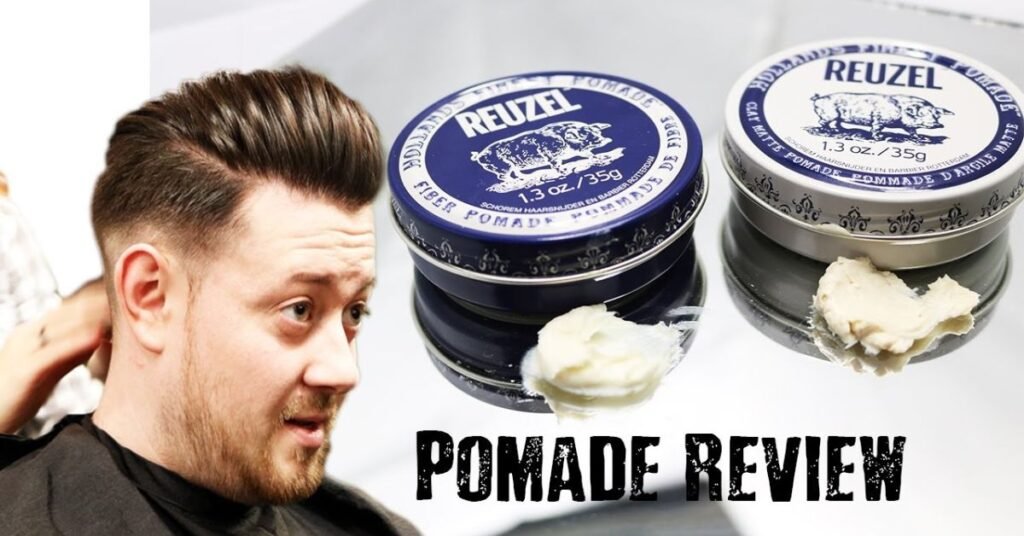
Pomade and clay are both popular hair styling products, but they serve different purposes. For polished looks such as slicked-back styles and pompadours, pomade provides a shiny, sleek finish. It provides a firm hold and is ideal for those who want their hair to stay in place all day. However, it can be difficult to wash out, especially if it’s oil-based.
On the other hand, clay is known for its matte finish and natural look. Your hair will remain shiny and free from being greasy or oily with this product. Clay is the perfect product for achieving textured styles like a messy quiff or tousled crop.
When choosing between pomade and clay, consider your desired style. Pomade is perfect for creating a sleek, glossy, and polished appearance. For added texture, volume, and a matte look, clay is the ideal choice. Both products can be used on various hair types, but clay is especially great for fine or thin hair, adding fullness and body. Here’s a comparison to help you decide which one suits your needs:
| Feature | Pomade | Hair Clay |
|---|---|---|
| Finish | Shiny, glossy | Matte, natural |
| Hold | Medium to strong | Strong, flexible |
| Best for | Sleek, polished styles | Textured, messy, or voluminous looks |
| Hair Type | Thick, coarse, curly hair | Fine, thin, or thick hair |
| Reworkable | No (sets firm) | Yes (can be restyled throughout the day) |
| Shine | High shine | No shine |
| Washout | Can be difficult (oil-based) | Easy to wash out (water-based) |
| Suitable for | Formal and structured styles | Casual, relaxed, and textured styles |
How to Use Hair Clay
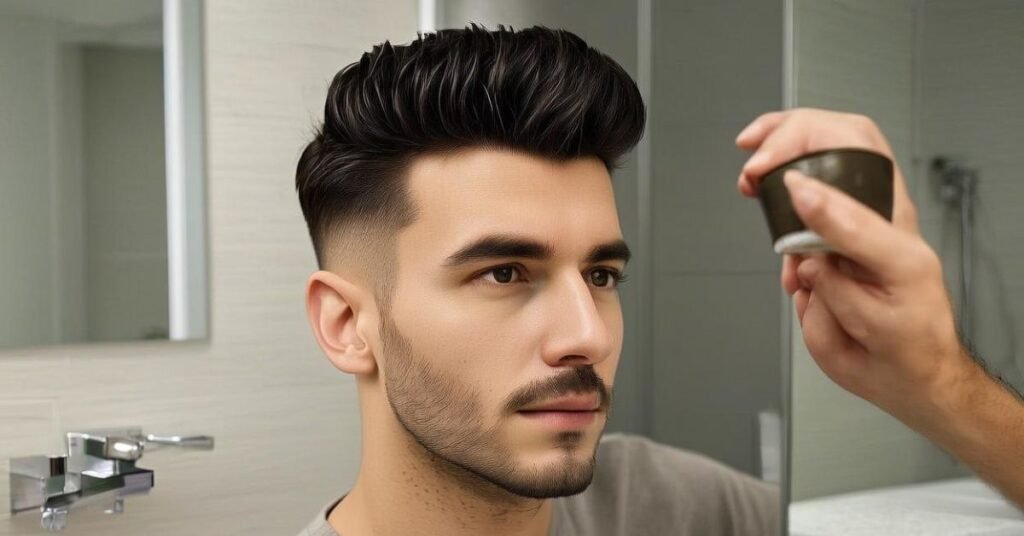
To use hair clay effectively, start with clean, slightly damp hair. Scoop a small amount of clay, about the size of a nickel, and warm it up by rubbing it between your palms. This helps it spread evenly. Begin by working the clay into the ends of your hair, focusing on the outer layers. Work the product through your hair from the roots to the tips, ensuring even distribution.
For a more natural, textured look, use your fingers to style. You can also adjust by adding more clay if needed. If you want extra hold, a blast of heat from a hairdryer can help lock the style in place. To refresh your style later, use a damp comb or fingers to restyle.
Moderation is essential when using hair clay for styling. Avoid applying too much at once, and remember that a little goes a long way. For a matte, textured look, hair clay is most effective when applied to dry or damp hair. It provides a strong, flexible hold that can be reworked throughout the day without becoming stiff. By using it properly, you can achieve a versatile, natural style that lasts all day.
Thin or Fine Hair
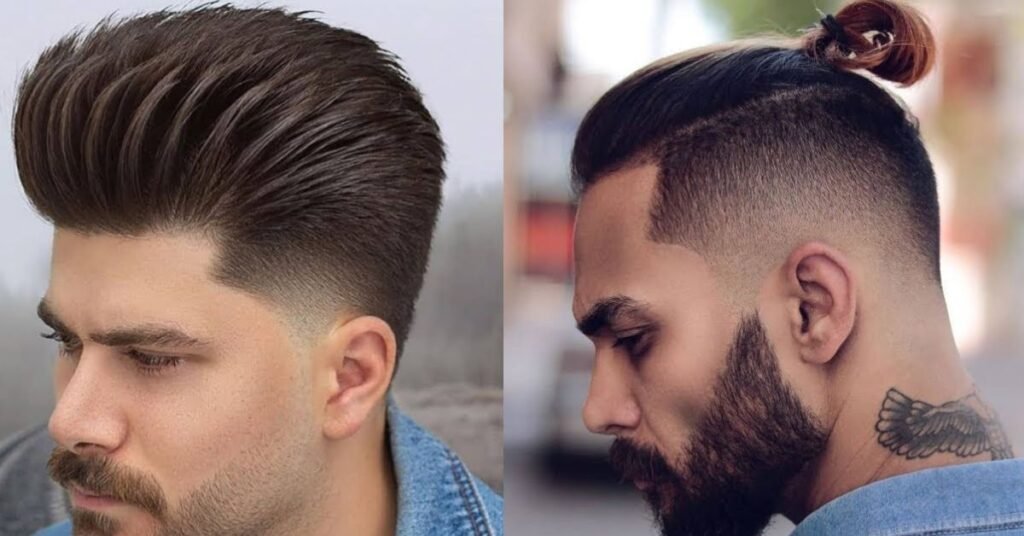
Fine Hair: Fine hair consists of thinner, lighter strands, which makes it more fragile. This can result in hair that lacks volume and may appear flat. Fine hair tends to accumulate oil more easily, making it appear greasy faster. It is also delicate, so it can break or become damaged easily.
Thin Hair: Thin hair refers to having a lower number of hair follicles on the scalp, leading to reduced density. Thin hair means fewer follicles, making the scalp more visible. Despite individual strands being fine or coarse, thin hair often lacks fullness, appearing sparse. It is also more fragile and prone to breakage because of fewer strands.
Key Differences:
- Fine Hair: Smaller, lighter strands with less volume.
- Thin Hair: Fewer follicles, leading to less density and fullness.
How to Manage Fine or Thin Hair

- Cleansing: Use volumizing or clarifying shampoos to enhance fullness without weighing hair down. Over-washing can make fine hair look thinner, so find a balance.
- Conditioning: Apply lightweight, volumizing conditioners to the mid-lengths and ends of your hair. Avoid using heavy conditioners, as they can make fine hair feel weighed down.
- Styling: Use lightweight styling products like mousses or volumizing sprays to add texture and lift. Avoid tight hairstyles that can cause breakage.
- Haircuts: Shorter or layered haircuts enhance volume and texture, creating the appearance of thicker hair.
- Scalp Care: Regular scalp massages and using products that nourish the scalp can improve hair health.
- Professional Help: Consult a hairstylist for tailored advice on cuts, products, and techniques that suit fine or thin hair.
By following these care tips, you can improve the volume and health of fine or thin hair while reducing damage.
Thick Hair
Thick hair offers great volume, but it can often get frizzy and hard to control. To manage it effectively, start with the right products. Use smoothing shampoos and conditioners to reduce frizz, and avoid volumizing formulas that can make your hair appear even bigger. Wash your hair with cool water to keep cuticles sealed and prevent dryness.

Incorporate regular hair treatments to nourish rough strands. For blow-drying, apply a hair cream or oil to control frizz and humidity. Leave-in serums can enhance shine and make your hair feel softer.
For styling, consider a flat iron to achieve a sleek look, but always use a heat protectant. A layered haircut or lob can help manage thick hair by reducing bulk and giving it a lighter, more structured appearance. Keep your hair healthy and manageable by choosing the right products and styles.
Shorter and longer Hair

Shorter hair is perfect for simple, low-maintenance styles, such as a messy, effortless look. It’s quick to style with products like Uppercut Deluxe Clay, offering a matte finish and strong hold. For longer hair, products like Tifmo’s Rager Matte Hair Clay help control frizz and add texture without shine. Both styles benefit from the right product, but the application and finish may differ based on hair length and desired look.
Tips for Best Results with Hair Clay

- Rework as Needed: Hair clay allows flexibility, so you can reshape your style throughout the day.
- Start with Clean, Damp, or Dry Hair: Clay works best on slightly damp hair for an easier application or on dry hair for a stronger hold and matte finish.
- Warm the Clay: Rub the clay between your palms until it softens for even distribution and a smoother application.
- Use the Right Amount: Start with a small amount, about the size of a pea, and add more if needed, especially for longer or thicker hair.
- Apply evenly: Evenly distribute the clay through your hair, beginning at the roots and moving toward the tips, to enhance volume and texture.
- Using too much clay can weigh your hair down or make it feel rigid, so apply it sparingly. Apply it in moderation.
- Maintain Healthy Hair: Regularly wash out the clay to prevent buildup, and care for your scalp and hair with nourishing products.
Conclusion
To sum up, hair clay is an excellent styling product that offers a firm hold and a matte, natural finish. It works well for creating textured and voluminous styles without the greasy look. By following the right techniques, such as warming the clay and applying it to clean, damp hair, you can achieve the perfect style that lasts all day. It’s important to use the right amount to avoid making your hair feel heavy or stiff.
Overall, hair clay is versatile and easy to use. It suits different hair types and can be reworked throughout the day for adjustments. With the right product and application, you can maintain a stylish, fresh look without worrying about shine or stiffness. Just remember to wash it out regularly and take care of your hair for the best results.
FAQs
- What is hair clay?
Hair clay is a styling product that provides a strong, flexible hold with a matte finish, adding texture and volume to your hair. - How do I apply hair clay?
Start with clean, slightly damp hair. Warm a small amount of clay between your hands, then apply evenly from roots to tips, styling as desired. - Can hair clay be used for all hair types?
Yes, hair clay works for various hair types, from fine to thick, providing texture and volume without the greasy look. - Does hair clay cause hair damage?
Hair clay is generally safe for your hair, especially if used in moderation and washed out regularly. Opt for products containing nourishing ingredients for better and healthier outcomes.
How long does hair clay hold?
Hair clay offers a medium to high hold that lasts all day, and it can be reworked if necessary without making your hair stiff or crunchy.
Muhammad Asif is an experienced SEO expert, specializing in optimizing websites for higher search rankings and better online visibility. With a deep understanding of SEO strategies, he helps businesses achieve their digital marketing goals.

